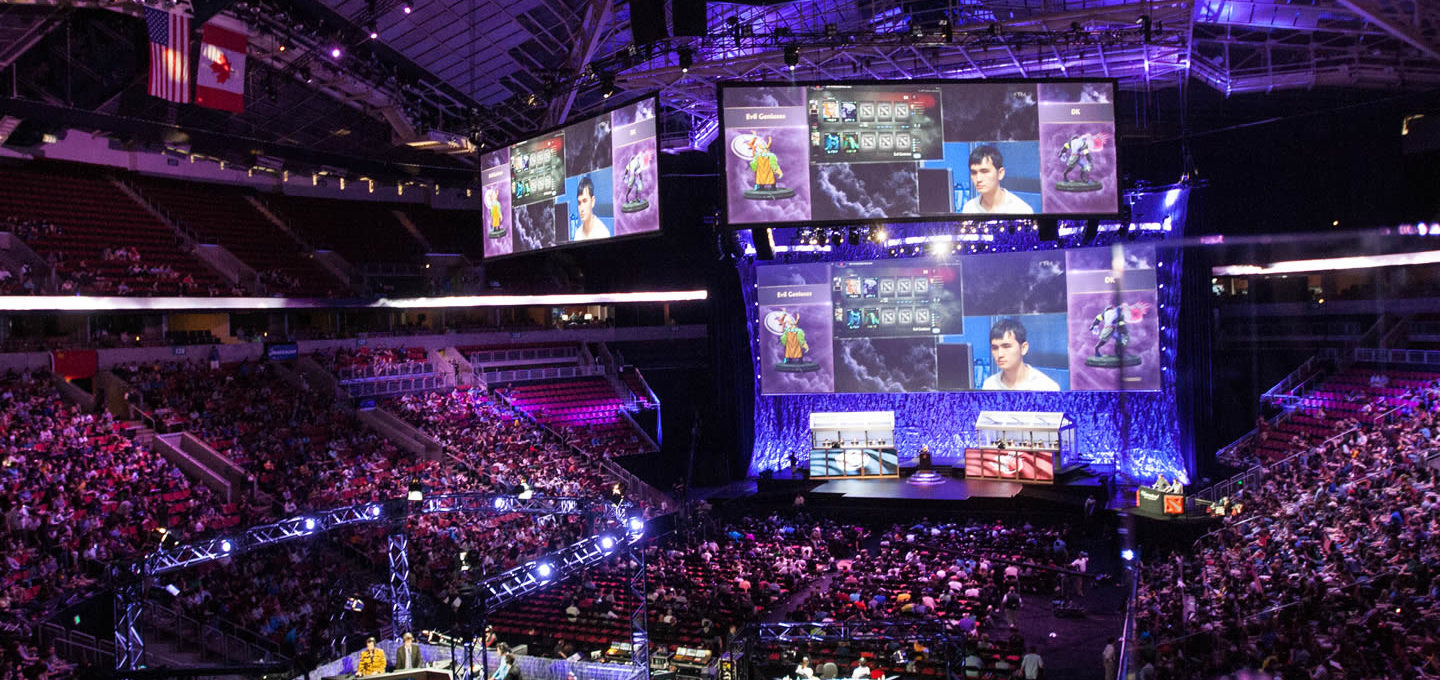The world of esports has exploded in popularity over the past decade, with competitive video games drawing in millions of viewers and professional players from around the globe. One game that has played a significant role in the rise of esports is Dota 2, a multiplayer online battle arena (MOBA) that has gone from a mod for a popular real-time strategy game to a standalone title with a massive player base and professional scene.
The origins of Dota
Dota, which stands for “Defense of the Ancients,” started as a mod for the real-time strategy game, Warcraft III: Reign of Chaos. The mod was created by a player named “Eul” and released in 2003, and it quickly gained a large following among Warcraft III players. In Dota, two players battle against each other to destroy the other team’s “Ancient,” a large structure located in their base. Each player controlled a hero character with unique abilities, and the game featured various items and skills that players could purchase to improve their hero’s stats and abilities.
Dota 2: Standalone game
In 2009, Valve Corporation announced they were working on a standalone version of Dota. The new game, Dota 2, was released in 2013 and quickly gained a massive player base, thanks partly to its free-to-play model and frequent updates.
Dota 2 features improved graphics and gameplay mechanics compared to the original mod, and it has a much larger pool of heroes to choose from. The game’s hero roster now includes over 100 unique characters, each with its own abilities and playstyle. Dota 2 also introduced a new game mode called “Turbo,” a faster and more casual version of the standard game mode. If you are new to the game, you can get Dota 2 MMR boost online.
The rise of professional Dota 2
As Dota 2’s player base grew, so did the professional scene. The first Dota 2 tournament, The International, was held in 2011 and featured a prize pool of $1 million. The tournament has since become an annual event, with the prize pool growing to over $30 million in recent years.
In addition to The International, numerous other Dota 2 tournaments are held throughout the year, including the Dota Pro Circuit, a series of tournaments leading up to The International. The professional Dota 2 scene also includes various leagues and teams, with organizations such as Evil Geniuses, Team Liquid, and OG becoming household names in esports.
The impact of Dota 2
Dota 2 has significantly impacted the esports industry as a whole. The game has one of the largest player bases of any esports title, and its professional scene is widely considered one of the most competitive and lucrative in the world.
Dota 2 has also helped to popularize the MOBA genre, with games, such as League of Legends and Heroes of the Storm, drawing inspiration from Dota’s gameplay and hero design. The success of Dota 2 has also helped to raise the profile of esports in general, with the game’s massive tournaments and high-stakes matches drawing in millions of viewers.
Dota 2’s journey from mod to the standalone game to one of the most popular esports titles in the world is a testament to the game’s enduring appeal and the dedication of its player base. As the esports industry continues to grow, Dota 2 will likely remain a major player in the scene, with its professional tournaments and talented players providing exciting gameplay for years to come.
Photograph by Jakob Wells

